a guide to sustainable fabrics (and why they matter)
Fashion contributes to around 10 per cent of global greenhouse emissions. Here's how to work out which fabrics are friends of the Earth, and which ones kind of suck.
It’s hard to love fashion and the planet at the same time. But it’s not impossible. These days there are a bunch of handy fabrics that look schmick, are ethically made, and don’t cost the Earth (so to speak). The thing you need to look out for is an official GOTS certification on the label. That means your garment was sustainably grown, no animals were harmed to make it, and it probably didn’t fly twice around the world to wind up in your cupboard.
So let’s get down to nitty gritty stuff. Which fabrics are friends, and which ones kind of suck?
LINEN Linen not only feels fancy (and looks fantastic on a yacht) it’s pretty good for the environment. Linen comes from flax plants. It’s moth-resistant, bacteria-resistant and fully biodegradable. You can grow linen almost anywhere, and it doesn’t need much water. If Mother Nature isn’t a nudist, there’s a good chance she’s wearing linen. As a general rule of thumb, natural materials are more sustainable than synthetic stuff. Synthetic fibres like nylon, polyester and acrylic are usually made from petrochemicals that take up to 500 years to break down. They’re basically very fashionable plastic bags (with the notable exception of polyester, which hasn’t been fashionable since 1987). Unfortunately, natural fabrics aren’t always much better. Bamboo, wool and leather all come with their own complicated environmental issues. If in doubt, wear linen.
ORGANIC COTTON Cotton, as a general rule, is not super good. You need 20,000 litres of fresh water to make a single kilogram of the stuff. Organic cotton is a little better – it’s basically cotton that’s grown without pesticides and other chemicals (although some evidence suggests that organic cotton is worse than the regular kind…you can see how messy and complicated all this gets). The golden standard is recycled cotton, which is made from post-industrial and post-consumer waste. The Higg Materials Sustainability Index gives recycled cotton a big thumbs up and so do we.
WOOL You’ll hear wool described as a ‘renewable product’ (usually by wool manufacturers). And although this is technically true – we’re pretty sure it grows on sheep – wool is a bit of an environmental nightmare. The Pulse of the Fashion Industry ranked wool as one of the worst materials you can actually buy. Pound for pound, it’s got a bigger carbon footprint than acrylic fabric, polyester, spandex and rayon – mostly because those things don’t eat grass, drink water or emit huge quantities of methane. If you’re set on wool, look for upcycled or secondhand options. Or you can get PETA-approved vegan alternatives, like Woocoa, which is made from coconuts.
TENCEL You won’t find TENCEL growing in a field. It’s a cellulose fabric made from wood pulp, and it’s rather nifty. TENCEL is 50 per cent more absorbent than cotton, requires way less water and energy to make, and has anti-bacterial properties, which makes it perfect for activewear (and probably tea towels). TENCEL’s wood comes from sustainably grown forests all over the world. Although it does require some chemicals to manufacture, the TENCEL guys have created a closed-loop system, so any waste gets recycled back and used over and over again.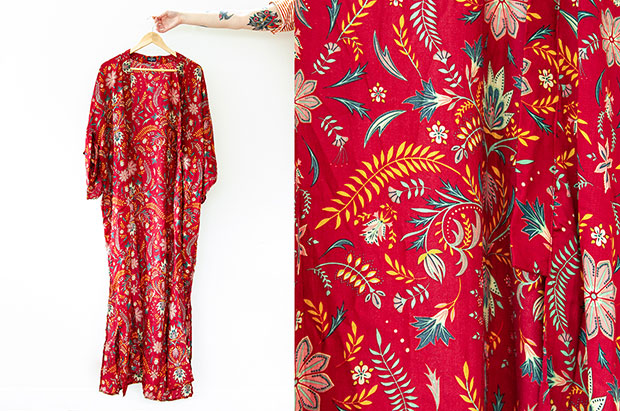
A rad tencel robe from TAMGA
MODAL We’ll spare you the long history of Modal – it’s basically a kind of rayon made from beech trees, developed in Japan in the ‘50s. Today, most Modal is made by Austrian company Lenzing (you might hear it called ‘Lenzing Modal’). Lenzing Modal is the good stuff. It’s sustainably sourced, and Lenzing has a secret, non-toxic manufacture process that lets them recover 95 per cent of the materials. Unfortunately they don’t share this process with anyone, which is why most Modal brands aren’t very sustainable (the Rainforest Action Network has linked some Modal companies to the destruction of the Indonesian rainforest). Is Modal good? Short answer: it depends.
DEADSTOCK FABRIC Deadstock is the industry term for fabric that hasn’t been sold. The leftover duds. Now obviously making clothes from deadstock is more ethical than simply dumping this stuff into landfill (or burning it to protect your brand), but marketing deadstock as eco-friendly is a bit dodgy. For one thing, fashion brands like to make money, and you don’t make money by throwing things away, which means most deadstock gets used or sold somewhere. That’s just standard practice. Some brands also use deadstock to inflate their prices, claiming the new clothes are ‘recycled’ or ‘vintage’. Keep an eye out for this one.
ECONYL Canny fashion labels are already looking for recyclable fabric alternatives, like Econyl. Econyl is a synthetic material made from discarded fishing nets. It was originally designed for swimsuits, but luxury brands like Prada and Gucci are now using Econyl for all sorts of things. This is good in some ways (Econyl is recyclable and generates up to 50 per cent less CO2 than regular nylon) but bad in others (washing synthetic materials usually releases microplastic into rivers and waterways). The jury is still out on Econyl – the manufacturer, Aquafil, is currently checking the whole microplastic situation. If you buy it, wash it in a microfibre laundry bag to keep plastic nasties out of the waterway.
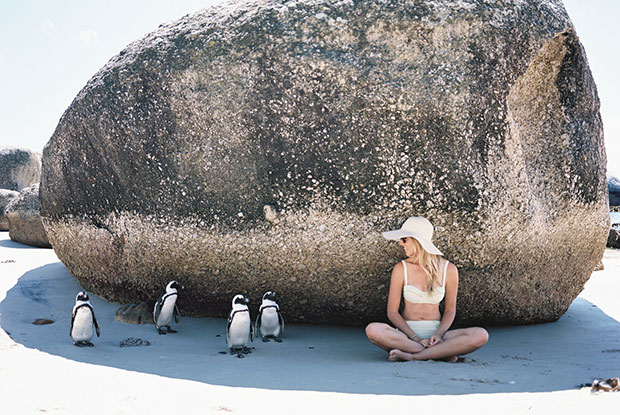
If reading through environmental white papers isn’t your idea of a good time, there are fashion retailers (like TAMGA and Patagonia) who specialise in ethical fabrics. This is obviously super handy. You can shop till your little heart’s content, safe in the knowledge that everything you buy is sustainably sourced.
And at the end of the day, it’s good to be curious. Don’t accept that something is sustainable just because it’s got the word ‘eco’ in front of it. Check your labels. Do some internet research. Make up your own minds. Remember: those who wear sheep are destined to become them. Baaaa.

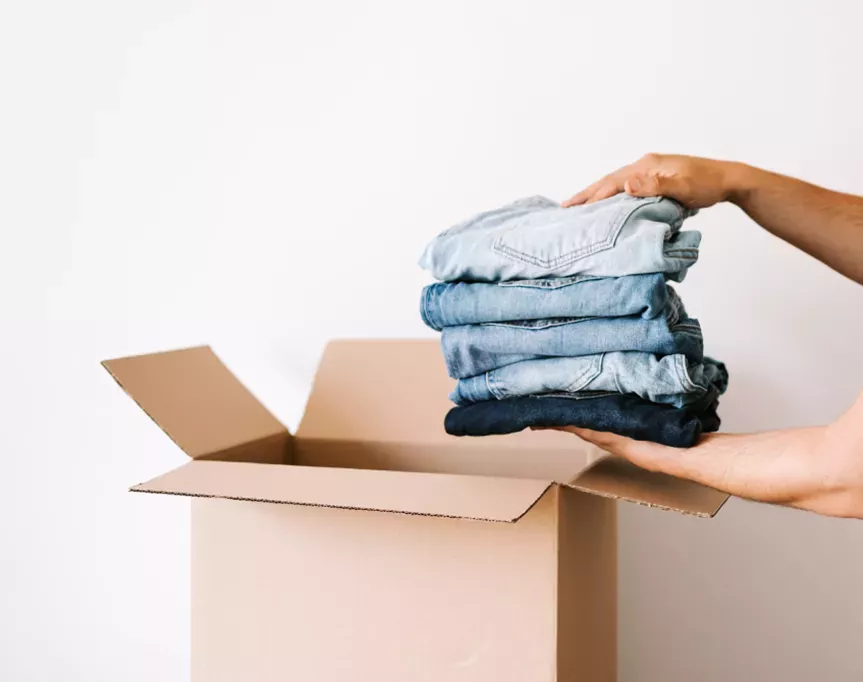
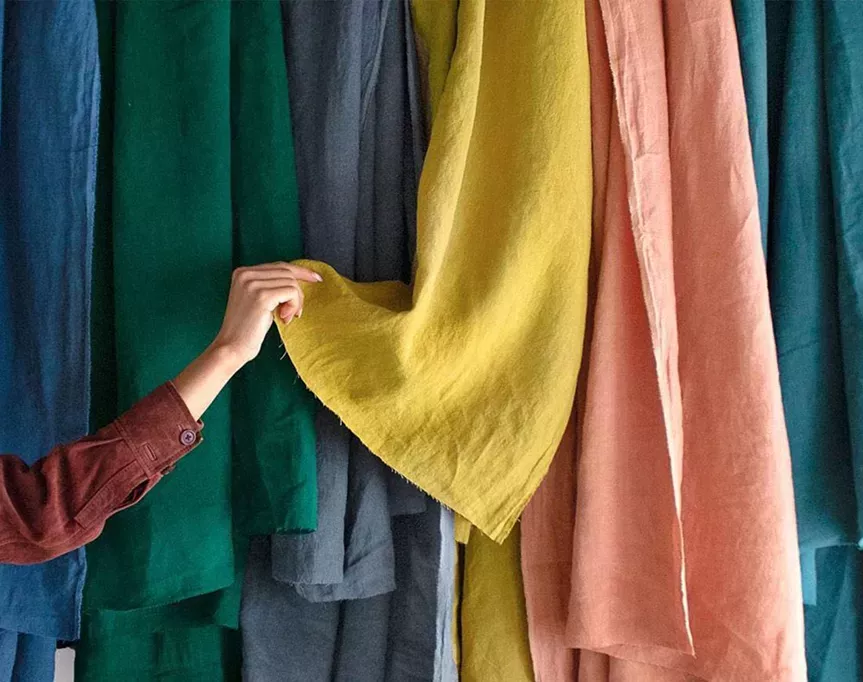


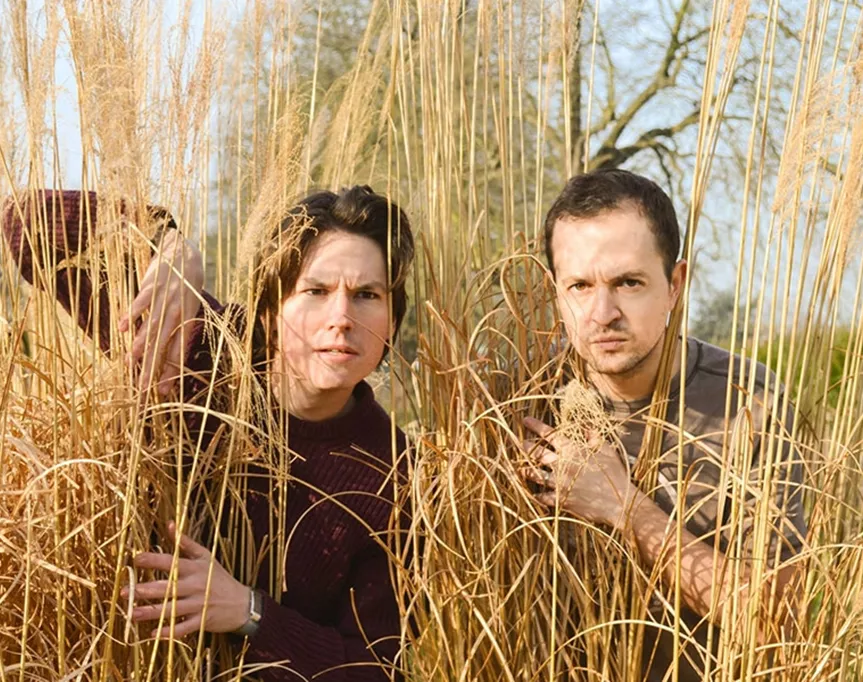
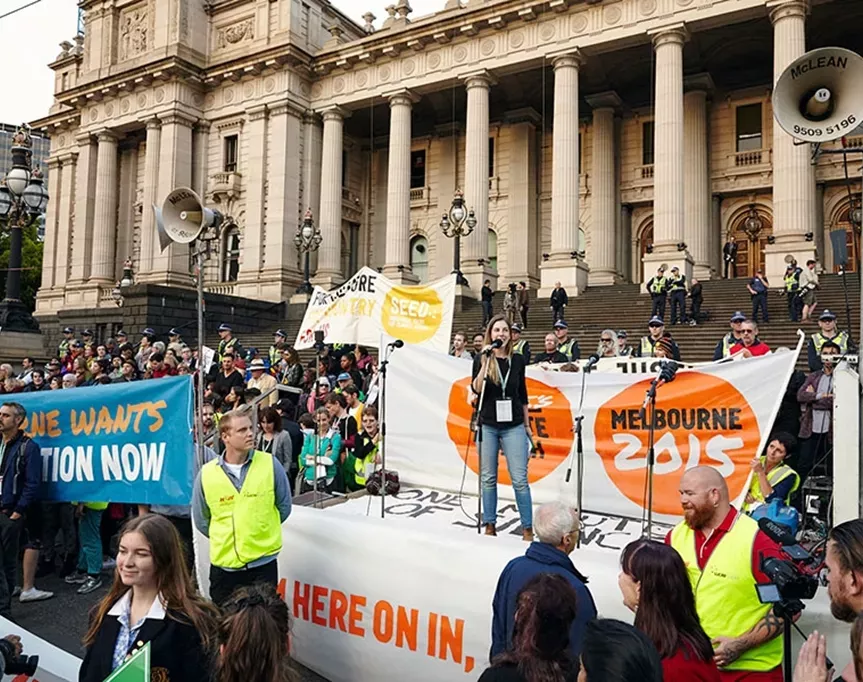







.jpg&q=80&w=316&c=1&s=1)













.jpg&q=80&w=316&c=1&s=1)










